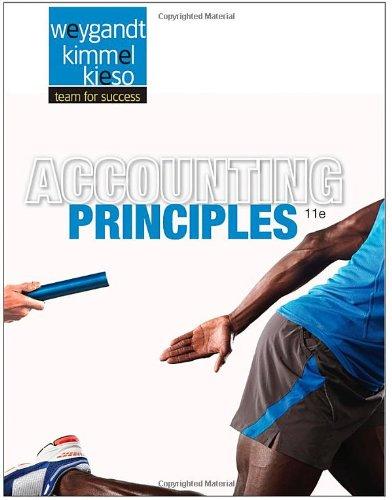Answered step by step
Verified Expert Solution
Question
1 Approved Answer
suppose, in the clam fishing example introduced in 7-2, a tax is applied per pound of calms harvested, rather than per fisher day. This tax,
 suppose, in the clam fishing example introduced in 7-2, a tax is applied per pound of calms harvested, rather than per fisher day. This tax, in other words, works to lower revenues rather than raise costs. At what level should the tax be set to bring about the socially efficient use level?
suppose, in the clam fishing example introduced in 7-2, a tax is applied per pound of calms harvested, rather than per fisher day. This tax, in other words, works to lower revenues rather than raise costs. At what level should the tax be set to bring about the socially efficient use level?
Step by Step Solution
There are 3 Steps involved in it
Step: 1

Get Instant Access to Expert-Tailored Solutions
See step-by-step solutions with expert insights and AI powered tools for academic success
Step: 2

Step: 3

Ace Your Homework with AI
Get the answers you need in no time with our AI-driven, step-by-step assistance
Get Started


